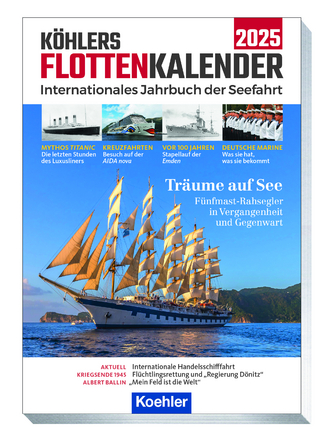
Paddle Steamers of the Thames
Seiten
2000
The History Press Ltd (Verlag)
978-0-7524-1731-8 (ISBN)
The History Press Ltd (Verlag)
978-0-7524-1731-8 (ISBN)
- Titel z.Zt. nicht lieferbar
- Versandkostenfrei innerhalb Deutschlands
- Auch auf Rechnung
- Verfügbarkeit in der Filiale vor Ort prüfen
- Artikel merken
A history of the paddle steamers of the Thames
The popularity of Thames paddle steamers as a means of transport began in the 1820s. They transported millions of holidaymakers along the river and to coastal resorts, initially transporting both cargo and passengers. By the 1860s these vessles were being supplanted by more modern, 'passenger-only' steamers. These new vessels often appeared only in the summer, hence the term 'butterfly boats' to describe them. By the time of the 1871 Bank Holidays Act, steamer routes were well established. The steamers offered a means of escape from the daily drudgery of work, to the 'glamorous' resorts of the Thames Estuary and, later, across the Channel. Until the First World War they were able to compete with other forms of transport and were still popular. However, by the mid-1930s the very concept of a paddle steamer was being threatened by the modern vessels that had appeared. In the late 1960s, the last paddlers were scrapped and with those vessels died - often literally - a Victorian heritage. A few survived in 'static roles' and today, still linger on. Of all the traditional Thames paddle steamers, only Medway Queen survives. She has returned to the Medway and her survival is the key aim of the Medway Queen Preservation Society. In Paddle Steamers of the Thames Peter Box manages to bring back the noises, smells and vibrations of this particular form of transport and an old-fashioned way of travelling at a slow, leisurely speed.
The popularity of Thames paddle steamers as a means of transport began in the 1820s. They transported millions of holidaymakers along the river and to coastal resorts, initially transporting both cargo and passengers. By the 1860s these vessles were being supplanted by more modern, 'passenger-only' steamers. These new vessels often appeared only in the summer, hence the term 'butterfly boats' to describe them. By the time of the 1871 Bank Holidays Act, steamer routes were well established. The steamers offered a means of escape from the daily drudgery of work, to the 'glamorous' resorts of the Thames Estuary and, later, across the Channel. Until the First World War they were able to compete with other forms of transport and were still popular. However, by the mid-1930s the very concept of a paddle steamer was being threatened by the modern vessels that had appeared. In the late 1960s, the last paddlers were scrapped and with those vessels died - often literally - a Victorian heritage. A few survived in 'static roles' and today, still linger on. Of all the traditional Thames paddle steamers, only Medway Queen survives. She has returned to the Medway and her survival is the key aim of the Medway Queen Preservation Society. In Paddle Steamers of the Thames Peter Box manages to bring back the noises, smells and vibrations of this particular form of transport and an old-fashioned way of travelling at a slow, leisurely speed.
| Erscheint lt. Verlag | 1.3.2000 |
|---|---|
| Verlagsort | Stroud |
| Sprache | englisch |
| Maße | 165 x 265 mm |
| Gewicht | 300 g |
| Themenwelt | Natur / Technik ► Fahrzeuge / Flugzeuge / Schiffe ► Schiffe |
| Technik | |
| ISBN-10 | 0-7524-1731-2 / 0752417312 |
| ISBN-13 | 978-0-7524-1731-8 / 9780752417318 |
| Zustand | Neuware |
| Haben Sie eine Frage zum Produkt? |
Mehr entdecken
aus dem Bereich
aus dem Bereich
internationales Jahrbuch der Seefahrt
Buch | Softcover (2024)
Koehler in Maximilian Verlag GmbH & Co. KG
23,95 €


